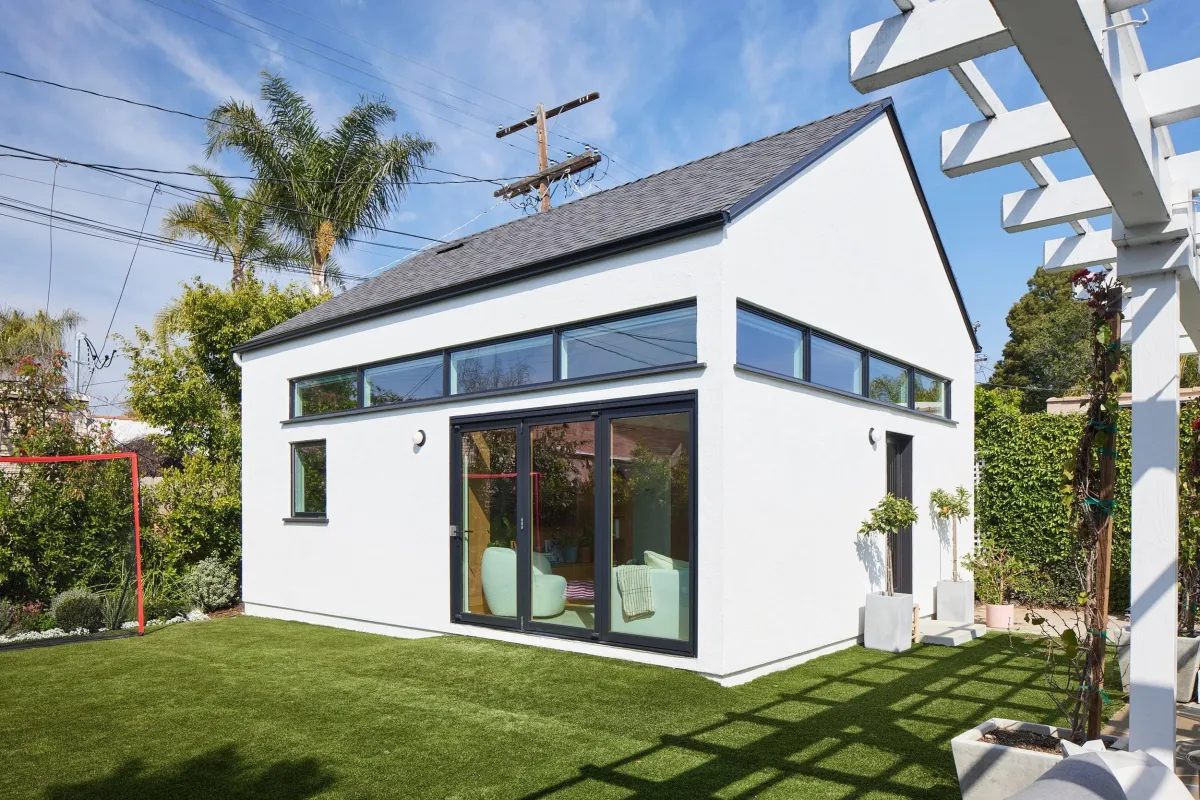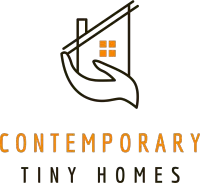Knowledge Center: Your Go-To Resource for ADUs and Tiny Living
Knowledge Center: Your Go-To Resource for ADUs and Tiny Living
Email [email protected]
Phone 860-TINY-HOM (es)

Why are tiny homes and ADUs becoming popular?
In recent years, the housing landscape has witnessed a notable shift towards embracing more efficient and multi-functional living spaces such as tiny homes and Accessory Dwelling Units (ADUs). This trend towards alternative living solutions is not merely a passing fad but a response to a confluence of factors shaping modern living preferences. From escalating housing costs and a growing emphasis on sustainability, to a cultural shift towards minimalism and flexibility, the appeal of tiny homes and ADUs goes beyond their size.
Let's explore the reasons behind the increasing popularity of tiny homes and ADUs, diving into the various factors fueling this housing trend and the implications it holds for individuals and communities alike.
Increasing Housing Affordability Challenges
In a world where housing affordability feels more like a unicorn than a reality for many, tiny homes and ADUs offer a glimmer of hope. With traditional housing markets soaring to astronomical prices, these secondary homes provide a more accessible entry point into homeownership.
Rising Costs in Traditional Housing Markets
Let's face it, buying a traditional home can feel like trying to win the lottery without even buying a ticket. Skyrocketing costs have pushed the dream of homeownership out of reach for many, leading people to explore alternative housing solutions like tiny homes and ADUs.
Income Disparities and Housing Accessibility
As the gap between the haves and the have-nots continues to widen, finding affordable housing becomes a Herculean task. Tiny homes and ADUs offer a practical solution by providing affordable options that don't require sacrificing the avocado toast.
Sustainable and Eco-Friendly Living Trends
Joining the bandwagon of sustainability and eco-friendliness, tiny homes and ADUs are leading the charge. Embracing green building practices and reducing carbon footprints, these living abodes pack a sustainable punch.
Embracing Green Building Practices
Forget about McMansions sucking up energy like there's no tomorrow. Tiny homes and ADUs prioritize sustainable materials and energy-efficient design, proving that size doesn't matter when it comes to environmental impact.
Reducing Carbon Footprint Through Cozy Living
Living large isn't all it's cracked up to be, especially when it comes to the planet. By opting for cozier living spaces, individuals can significantly reduce their carbon footprint and leave a lighter mark on Mother Earth.
Desire for Minimalist and Simplified Lifestyles
In a world overrun by clutter and chaos, the minimalist movement is gaining traction. Tiny homes and ADUs cater to those looking to declutter and downsize, focusing on experiences over material possessions.
Decluttering and Downsizing Movement
Say goodbye to excess stuff and hello to a clutter-free existence. Tiny homes and ADUs encourage a less-is-more approach, helping individuals streamline their lives and find peace in simplicity.
Focusing on Experiences Over Material Possessions
Who needs a walk-in closet filled with designer shoes when you can have unforgettable experiences instead? Tiny homes and ADUs remind us that true happiness often lies in moments, not things.
Regulatory Changes and Zoning Relaxations
Policies Encouraging ADUs
With more cities and regions adopting policies that promote the construction of ADUs, homeowners are finding it easier to add these secondary units to their properties. This not only provides additional housing options for aging parents and adult children, but also offers potential income streams through rentals.
Legalization of Tiny Homes in Various Jurisdictions
The growing acceptance and legalization of tiny homes in different jurisdictions are opening up opportunities for alternative and affordable housing solutions. By recognizing the benefits of tiny homes, authorities are enabling more people to explore this living option.
Rise of Remote Work and Home-Based Businesses
Catering to Work-From-Home Lifestyle Needs
Given the rise of remote work and home-based businesses, tiny homes and ADUs are becoming popular choices for individuals seeking dedicated workspaces within their living environments. These additional spaces offer practical solutions for integrating work-life balance seamlessly.
Creating Dedicated Workspaces
Designing tiny homes and ADUs with versatile and efficient layouts allows individuals to create designated work areas without compromising on living space. This adaptability caters to the evolving needs of remote workers and entrepreneurs looking for functional home office setups.
Appeal of Customization and Personalization
Designing Unique Spaces Reflecting Individual Preferences
The appeal of tiny homes and ADUs lies in their potential for customization and personalization. Homeowners can design and tailor their living spaces to reflect their unique tastes and lifestyles, creating a sense of ownership and individuality.
Showcasing Creativity and Innovation with Interior Design
By showcasing creativity and innovation in small home interiors, residents can maximize space utilization and inject personality into their living environments. This emphasis on design and functionality adds a distinctive charm to tiny homes and ADUs.
Conclusion
As tiny homes and ADUs continue to gain momentum as viable housing options, it's evident that they represent more than just a shift in square footage. These living solutions embody a broader movement towards sustainability, affordability, and personalized living experiences.
By understanding the motivations driving the popularity of tiny homes and ADUs, individuals and communities can navigate the evolving housing landscape with a focus on efficiency, creativity, and a heightened sense of community. Embracing the principles underlying tiny living may not only address current housing challenges but also pave the way for a more connected and sustainable future.
FAQ
What makes tiny homes and ADUs different from traditional houses?
Tiny homes are typically standalone dwellings, often under 400 square feet, designed for minimalistic living. ADUs, on the other hand, are additional living units on a single-family property and can go up to 1,000 square feet. Both offer unique solutions to housing challenges, emphasizing efficient use of space and resources.
Are tiny homes and ADUs legal in all areas?
Regulations regarding tiny homes and ADUs vary by location. While some areas have embraced these housing options with supportive policies, others may have restrictions or zoning regulations that limit their implementation. It's important to speak with ADU experts to research local laws in your area before pursuing construction.
How do tiny homes and ADUs contribute to sustainability?
By their nature, tiny homes and ADUs promote sustainability through their smaller footprint, reduced energy consumption, and potential use of eco-friendly materials. Additionally, they encourage a simpler lifestyle that can lead to less waste and a smaller environmental impact.
Can I customize a tiny home or ADU to suit my needs and style preferences?
Absolutely! One of the appealing aspects of tiny homes and ADUs is the opportunity for customization. From layouts and design elements to eco-friendly features and innovative storage solutions, individuals can tailor these spaces to reflect their lifestyle, tastes, and functional requirements.

Copyright 2025. All rights reserved. Norwalk, CT
Connecticut's New Home Construction Contractor License: #NHC.0017654
EPA Lead-Safe Certified NAT-F269966-1


